How NABH Accreditation Improves Patient Safety & Care in an Eye Hospital

NABH accreditation is the highest benchmark of safety, ethics, and quality in healthcare. This blog explains how NABH standards ensure safer surgeries, cleaner facilities, transparent treatment, and better outcomes—especially at Dr. Anushka’s Super Speciality Eye Hospital, Bhiwandi, the city’s first NABH-accredited eye hospital.
Ocular Trauma — What To Do in the First 10 Minutes

Eye injuries happen suddenly. Learn the essential first 10-minute steps to protect vision during dust, chemical, or impact-related eye trauma.
Ocular Migraine vs Migraine — How to Identify Eye-Related HeadachesManagement
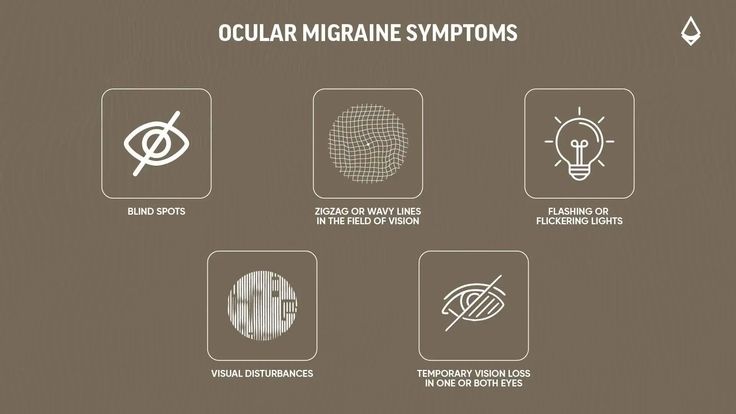
Ocular migraines can cause sudden vision changes like zig-zags or temporary blackout. Learn how they differ from regular migraines and when to seek urgent eye care.
Iris and Fundus Coloboma: Causes, Symptoms & Modern Eye Care Management
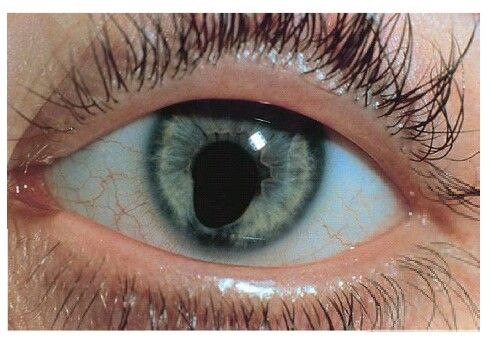
Iris and fundus coloboma are congenital eye conditions that can affect vision, light sensitivity, and retinal health. This guide explains their causes, symptoms, diagnosis, and the latest treatment options in simple, patient-friendly language.
When to Choose ICL Over LASIK for Vision Correction
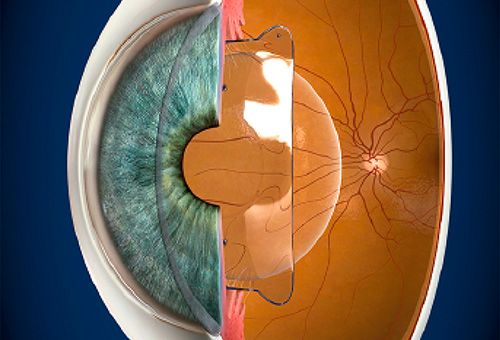
Choosing between LASIK and ICL can be confusing. This blog explains both procedures, their benefits, who they are suitable for, and how to pick the safest option for your eyes.
Understanding Cystoid Macular Edema (CME): Causes, Symptoms, and Treatment
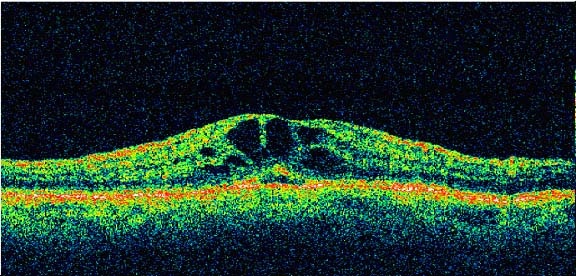
Cystoid Macular Edema (CME) is a common cause of blurred or distorted central vision after cataract surgery or in diabetic eye disease. Learn about its causes, symptoms, diagnosis, and advanced treatment options from Dr. Anushka’s Super Speciality Eye Hospital, Bhiwandi.
Adverse Drug Effects in Eyes: The Hidden Dangers of Wrong Eye Drop Use

Self-medicating with eye drops may seem harmless but can lead to severe eye damage. Learn about steroid misuse, antibiotic resistance, and safe eye care practices from experts at Dr. Anushka’s Super Speciality Eye Hospital, Bhiwandi.
Night Vision and Night Blindness: Causes, Care, and Ways to See Better at Night

Difficulty driving or seeing in dim light? Discover the causes of night blindness, its symptoms, and expert treatments to improve your night vision at Dr. Anushka’s Super Speciality Eye Hospital, Bhiwandi.
Latest Refractive Surgeries: LASIK, SMILE, FEMTO and Beyond – A New Era of Clear Vision
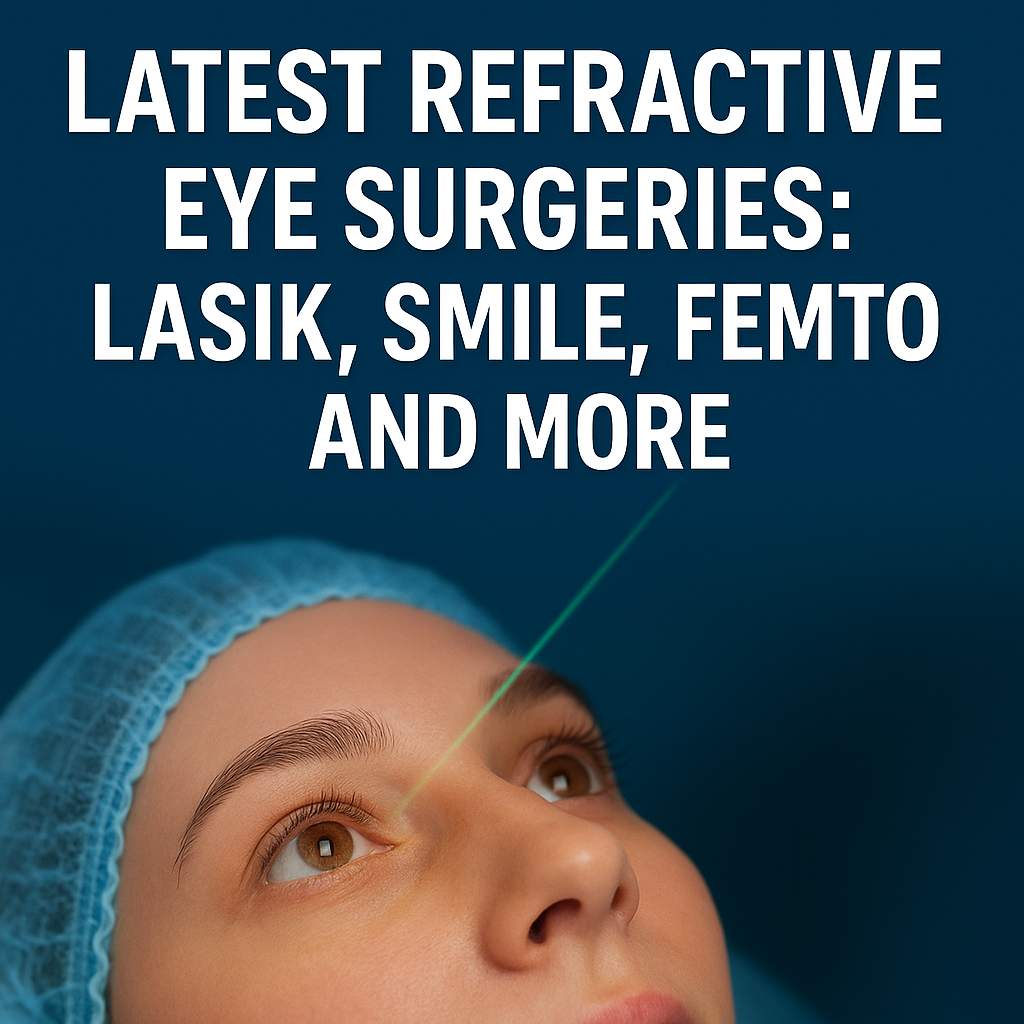
Explore the latest in refractive surgeries — LASIK, SMILE, FEMTO, Contoura, and ICL — offering safe, precise, and long-lasting vision correction at Dr. Anushka Eye Hospital, Bhiwandi. Step into a glasses-free life with expert care and cutting-edge technology.
Trichiasis: Causes, Symptoms, and Effective Treatment for Misaligned Eyelashes
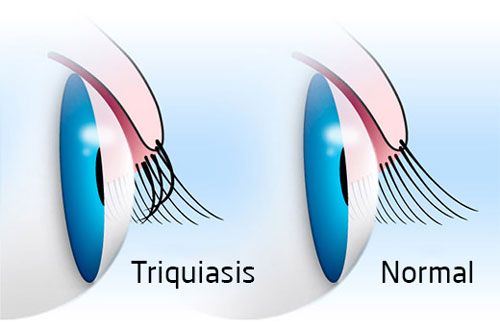
Trichiasis is a condition where eyelashes grow inward, causing irritation, redness, and potential corneal damage. Learn causes, symptoms, and treatments.



